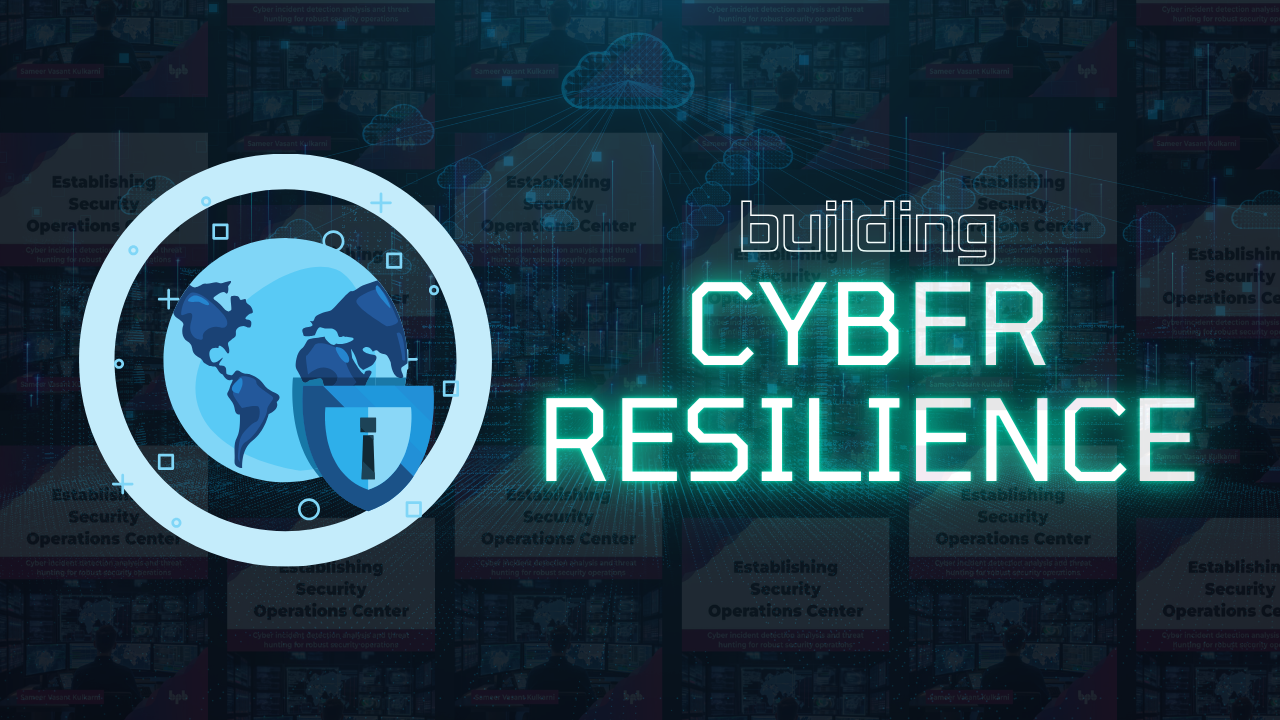
Building Cyber Resilience: A Deep Dive into “Security Operations Centre"

In the stillness before dawn, a subtle ping breaks the quiet of a sprawling corporate campus. Security analysts trickle into their workstations, greeted by a blizzard of alerts: anomalous application behaviour, suspicious file executions, and off-hours login attempts from user accounts long dormant. It’s not the script of a cyber-thriller; it’s the relentless pulse of today’s digital battleground.
Every day, organizations face more than 600 million cyberattack probes. These automated campaigns sift through networks, hunting for misconfigured services, unpatched servers and exposed credentials. In a single month, one global telecom provider identified over 2.4 billion malicious connection attempts across its infrastructure, each one a potential beachhead for data exfiltration, sabotage or extortion.
The financial toll is breathtaking. Annual losses from cybercrime are poised to swell from $3 trillion in 2020 to $10.5 trillion by 2025. That’s more than the GDP of most nations combined, and those figures only capture the immediate costs: ransom payments, forensic investigations and regulatory fines. They don’t include the intangibles, customer churn, damaged reputation and the erosion of stakeholder trust that can linger for years.

Supply-chain compromises have become the silent assassin in this arena. Nearly half of the enterprises expect to suffer a breach via a trusted vendor by 2025. When one large manufacturer hosted malware inside routine software updates, it triggered a domino effect; 43 downstream companies scrambled to contain intrusions they never saw coming. The cleanup stretched into months, crippling production lines and costing upwards of $2 million per day in lost revenue.
In parallel, the rapid shift to remote and hybrid work expanded the attack surface overnight. One survey found remote endpoints grew by 300 percent in two years, with personal devices, misconfigured home routers and shadow IT fuelling fresh vulnerabilities. Every unmanaged laptop and smartphone became another potential gateway for attackers to slip inside corporate perimeters.
Under this mounting pressure, the Security Operations Centre emerges as the lynchpin of cyber resilience. It’s not a room cluttered with screens for show; it’s an orchestra pit where people, processes and technology perform in concert. Within its walls, triage analysts sift through thousands of daily alerts, often automating 90 percent of low-risk incidents, to focus expert attention on the top 5 percent of true threats. This blend of human intuition and machine speed is the SOC’s secret sauce.
Consider a regional hospital network facing repeated phishing campaigns. After 93 percent of its regional peers reported breaches, the hospital stood up a pilot SOC, staffed it with a mix of security graduates and seasoned IT veterans, and rolled out targeted phishing simulations. Within six months, staff reporting of suspicious emails soared by 120 percent, and successful phishing click-rates plummeted by 43 percent. Patients slept more easily, knowing their personal health data was under vigilant guard.
Across the Pacific, a global retailer rewrote its incident response playbooks. By integrating its SIEM with automated threat-intelligence feeds and establishing clear escalation criteria, the company shrank its mean-time-to-respond from 11 hours to under 90 minutes. When attackers dwell an average of 277 days before being detected, that kind of efficiency isn’t just impressive, it’s lifesaving.
Complex industries add further dimensions. In a critical manufacturing plant, operators discovered subtle anomalies in programmable logic controller traffic, an early sign of an Industrial IoT exploit. Thanks to its SOC’s continuous monitoring of IIoT telemetry, engineers isolated the rogue packets, rerouted production lines and prevented a shutdown that could have cost $2 million in a single shift.
Regulators are tightening the noose. Under new frameworks, from the EU’s NIS2 Directive demanding 24-hour breach notifications to financial authorities insisting on 72-hour incident reports, compliance and security operations must merge. Today’s SOC doesn’t just detect threats; it automates evidence collection and reporting, turning a compliance headache into a competitive differentiator.

Looking ahead, the frontier of cyber defence grows ever more dynamic. Artificial intelligence promises to turbocharge both offense and defence. While 85 percent of security teams warn that generative AI will fuel novel attack vectors, automated spear-phishing, voice deep-fakes and polymorphic malware, 70 percent acknowledge that AI-driven defenders have already intercepted threats humans would have missed. Deception grids lure attackers into digital honey traps, while self-healing networks patch vulnerabilities in real time. Collaborative defence communities, linking competitors and national CERTs, exchange anonymous threat indicators in minutes, thwarting campaigns before they gather momentum.
Yet technology alone isn’t enough. Business continuity planning, disaster recovery drills and “SOC fire-drills” (where teams rehearse incident response under live conditions) ensure that, when the next breach strikes, the SOC remains unflappable. One financial services firm proved this when a city-wide power outage threatened to silence its monitoring. Thanks to redundant data pipelines and a hot standby site, detection never skipped a beat, even as regional banks struggled to reboot from the dark.
All these threads, relentless threats, strategic automation, cross-industry collaboration and human ingenuity, converge into a single truth: cyber resilience demands a living, breathing Security Operations Centre. It’s the guardian that watches every packet, orchestrates every response and evolves with every new adversary tactic. And it does more than protect; it fuels trust with customers, strengthens regulatory standing and transforms security into a business enabler.
The book, “Establishing Security Operations Center”, distils decades of collective wisdom from the world’s most battle-tested teams. It offers the playbooks, the organizational blueprints and the proven templates that turn theory into action. If you seek not just to survive the next wave of cyberattacks but to emerge stronger, this book is your indispensable guide to building an unbreakable SOC and securing your organization’s future.
Written by Sameer Vasant Kulkarni




Leave a comment
This site is protected by hCaptcha and the hCaptcha Privacy Policy and Terms of Service apply.